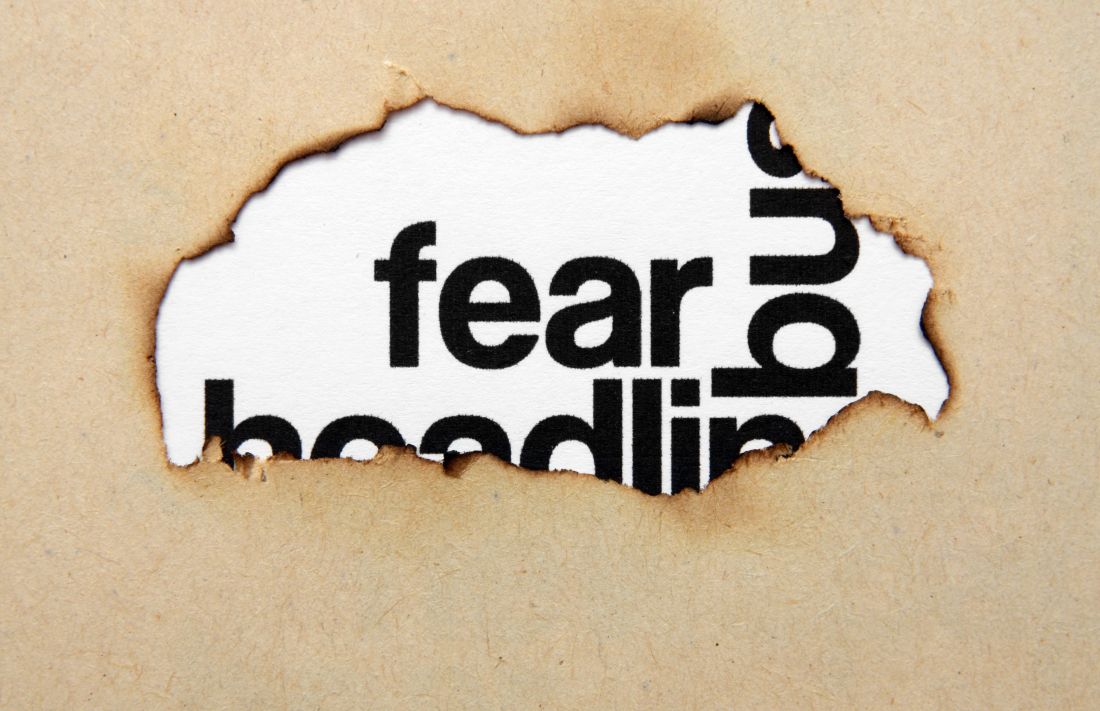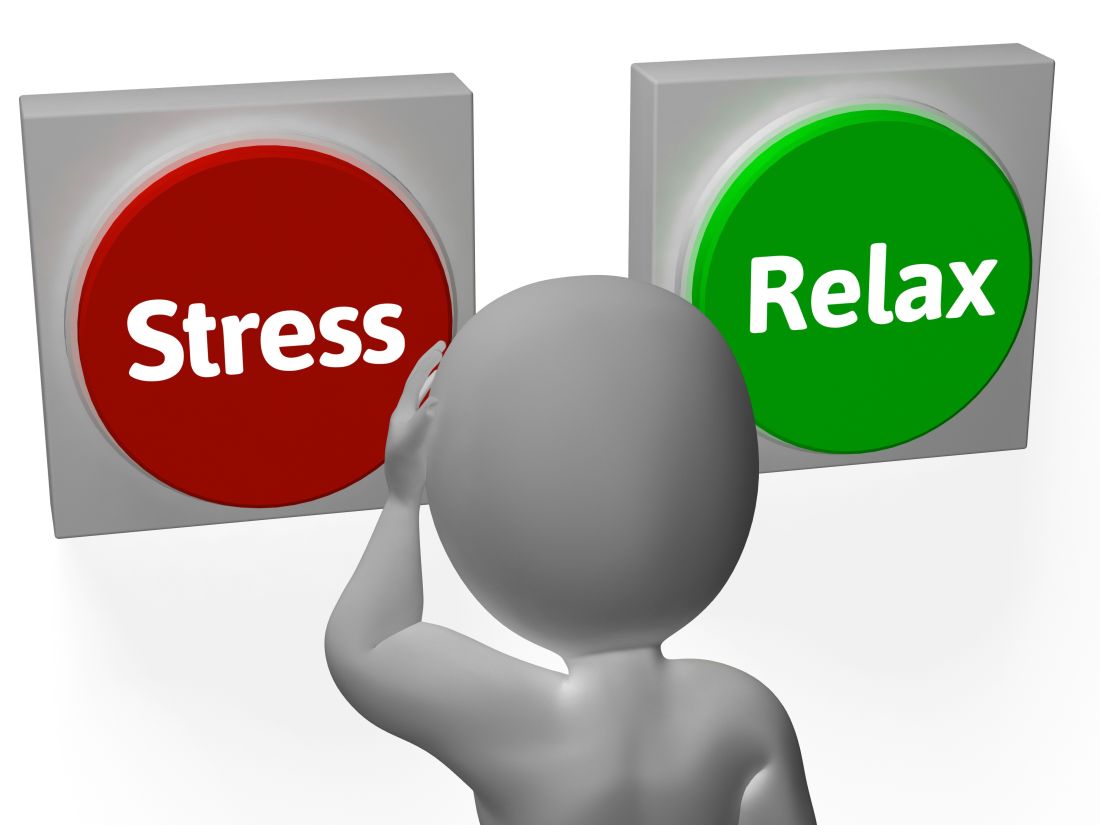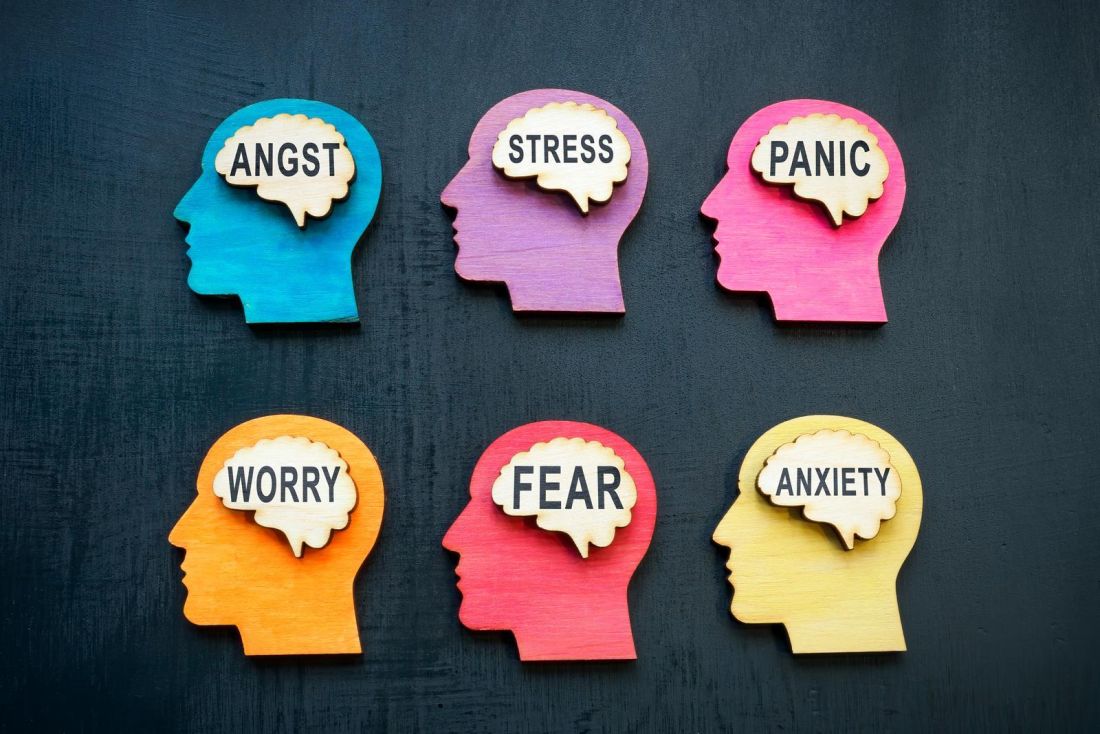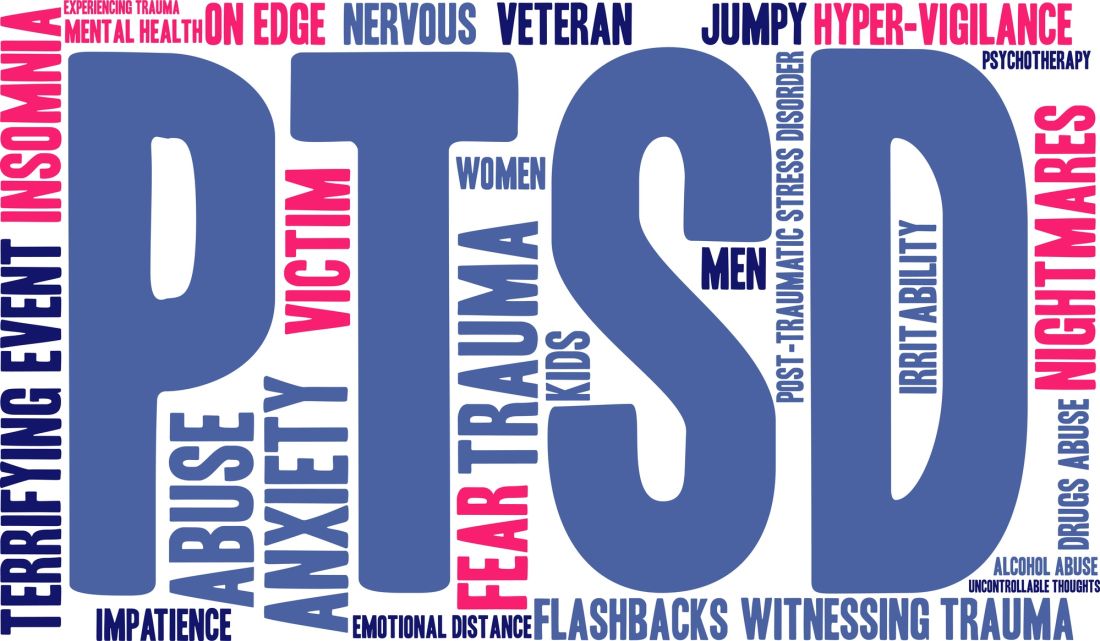Unravelling the Psychological Aspects of Fear and Anxiety
Lesson 2
In the modern world, managing anxiety has become an increasingly important topic as individuals grapple with various stressors and uncertainties. Anxiety can manifest in different ways, and its impact on mental well-being is a growing concern. One aspect that contributes to this condition is the concept of fear, which plays a significant role in understanding and addressing anxiety.
By delving into the relationship between fear and anxiety, we can gain valuable insights into how to effectively manage this complex issue in our ever-changing society. In this article, we will explore the concept of fear within the context of anxiety, shedding light on its implications for individuals striving to maintain balance and peace of mind amidst today's fast-paced and demanding environment.
The Physiology of Fear: How the Body Reacts to Anxiety

Fight or Flight Response
When faced with a fearful situation, our body enters into the fight or flight response.
This response is triggered by the release of stress hormones like adrenaline and cortisol.
- Heart rate and blood pressure increase.
- Breathing becomes faster and shallower.
- Muscles tense up in preparation for action.
Increased Sensitivity
In times of anxiety, our senses become heightened as part of an evolutionary survival mechanism. This allows us to quickly detect potential threats in our environment.
- Sight becomes sharper.
- Sounds seem louder.
- Smells are more intense.
Impaired Digestion
Anxiety can also have an impact on digestion due to the activation of the body's stress response system. Blood flow is redirected away from processes like digestion towards areas that may require immediate attention during a perceived threat.
-Trouble swallowing -Stomachaches -Nausea
The Role of Fear in Anxiety: Understanding the Connection

When it comes to anxiety, fear plays a significant role. It is important to understand how fear and anxiety are connected.
- Fear is a natural response to perceived threats or danger. It triggers the body's fight-or-flight response, preparing us for action.
- Anxiety, on the other hand, is a persistent feeling of unease or worry that lasts beyond the presence of an immediate threat.
- While fear can be helpful in certain situations, such as avoiding dangerous situations, excessive or irrational fear can lead to Anxiety attack disorder.
How Fear Contributes to Anxiety
- In individuals with anxiety disorders, everyday situations may trigger an excessive and uncontrollable sense of fear.
- This fear response activates the brain's amygdala—the emotional centre—which then sends signals to release stress hormones like adrenaline and cortisol.
- These stress hormones increase heart rate and blood pressure while redirecting blood flow away from non-essential organs towards muscles—preparing the body for fight-or-flight.
Understanding this connection between fear and anxiety helps decipher why individuals experience heightened levels of worry even when no real threat exists.
By addressing these underlying fears through therapy techniques like cognitive behavioural therapy (CBT), individuals can learn how to manage their anxiety more effectively.
Unravelling the Psychological Aspects of Fear and Anxiety

The Connection Between Fear and Anxiety
Fear and anxiety are closely connected, but they are not the same thing. While fear is a response to an immediate threat, anxiety arises from worry about future events or uncertain situations. Both emotions trigger our body's stress response, leading to increased heart rate, shallow breathing, and tense muscles.
Understanding the Root Causes of Anxiety
Anxiety can have various root causes. One common cause is genetics; research has shown that certain people may be more prone to developing anxiety disorders due to their genetic makeup. Additionally, environmental factors such as childhood trauma or a stressful upbringing can contribute to the development of anxiety.
Other potential causes include imbalances in brain chemistry and hormonal changes.
The neurotransmitters serotonin and dopamine play key roles in regulating mood and emotions; disruptions in their levels can lead to increased anxiety. Hormonal changes during puberty, pregnancy, or menopause may also result in heightened feelings of anxiousness.
Regardless of its specific origin, it is essential for individuals experiencing significant anxiety symptoms to seek professional help for proper diagnosis and management strategies.
The Impact of Fear on Mental Well-being: Breaking the Cycle

Fear can have a powerful impact on our mental well-being. It not only affects our emotions and thoughts, but also manifests physically in our bodies. One key aspect of fear is its ability to create a vicious cycle that perpetuates anxiety and further compromises mental health.
When we experience fear, our sympathetic nervous system goes into overdrive, triggering the fight-or-flight response. This response floods our body with stress hormones such as cortisol and adrenaline, preparing us to either confront or flee from perceived threats. However, if this response is chronically activated due to prolonged fear or worry, it can lead to chronic anxiety disorders.
Breaking the Cycle
Breaking free from the cycle of fear-driven anxiety requires both understanding and action. Recognising patterns of fearful thinking is an essential first step. Identifying specific triggers for these fears can also help address them head-on.
Cognitive behavioural therapy (CBT) offers valuable techniques for challenging and reframing negative thought patterns associated with fear and anxiety. Engaging in regular exercise helps regulate stress hormones like cortisol, while promoting the release of endorphins—natural mood boosters.
It's important to remember that seeking professional help from trained therapists or counsellors specialising in anxiety disorders can provide effective strategies tailored to individual needs.
Identifying Fear Triggers: Uncovering the Root Causes of Anxiety

- Reflect on experiences.
- Recall situations in which you felt overwhelmed or anxious.
- Identify any commonalities or patterns among these occurrences.
- Explore underlying emotions.
- Delve into your emotions and examine what feelings are present during times of anxiety.
- Look for deeper-rooted fears that may be triggering your anxiety.
- Consider personal beliefs and values.
- Examine whether any core beliefs or values are being challenged or threatened in anxious situations.
- Assess how these beliefs might contribute to the fear triggers causing your anxiety.
- Analyse thought patterns and automatic negative thoughts (ANTs).
- Pay attention to recurring negative thoughts, especially those related to specific fears or anxieties.
- Challenge these thoughts by questioning their rationality and considering alternative perspectives.
- Seek professional guidance if needed. If identifying fear triggers becomes overwhelming, consider seeking support from a qualified mental health professional who can help guide you through this process.
Coping Mechanisms for Fear-induced Anxiety: Strategies for Relief
Coping Mechanisms for Fear-Induced Anxiety: Strategies for Relief
- Distraction techniques can help shift your focus away from anxiety-inducing thoughts. Engage in activities that capture your attention, such as reading a book, going for a walk, or listening to music.
- Deep breathing exercises can be effective in calming the body and mind. Take slow, deep breaths in through your nose and exhale slowly through your mouth. This practice promotes relaxation and reduces physical symptoms associated with anxiety.
- Practice mindfulness by bringing awareness to the present moment. Focus on what you can see, hear, taste, touch, or smell around you - an excellent grounding technique that helps bring relief during difficult times.
Overcoming Fear and Anxiety: Building Resilience in the Modern World

Developing Resilience: Key to Overcoming Fear and Anxiety
Building resilience is crucial for overcoming fear and anxiety in today's modern world. By developing this important quality, individuals can better cope with the challenges and uncertainties that life often presents.
Strategies for Building Resilience
- Maintain a positive mindset: Cultivating optimism can help individuals face fears head-on and find strength in difficult situations.
- Practice self-care: Taking care of one's physical, emotional, and mental well-being is essential for building resilience. Regular exercise, healthy eating habits, sufficient sleep, and engaging in stress-reducing activities are all vital components.
- Seek support: Connecting with others who understand their struggles can provide comfort during moments of anxiety or fear. This could include friends, family members, or support groups.
- Set realistic goals: Breaking down overwhelming tasks into smaller, achievable steps helps build confidence while reducing feelings of anxiety.
- Learn from setbacks: Viewing failure as an opportunity for growth allows individuals to bounce back stronger from challenging experiences.
By implementing these strategies consistently over time, individuals can gradually develop resilience and overcome the burdensome presence of fear and anxiety in their lives.
Seeking Professional Help: The Importance of Mental Health Support in Managing Anxiety

The Benefits of Professional Mental Health Support
Seeking professional help for managing anxiety can be incredibly beneficial.
- Trained therapists and counsellors have the expertise to help individuals navigate their anxious thoughts and develop coping mechanisms.
- Professionals can provide a safe space for open dialogue, allowing individuals to express their fears and concerns without judgment.
- Therapists also offer valuable techniques, such as cognitive behavioural therapy (CBT), which helps reframe negative thinking patterns.
Building Trust with a Mental Health Expert
Developing a trusting relationship with a mental health expert is essential in managing anxiety effectively.
- Regular sessions create consistency in treatment plans, providing guidance and support during difficult times.
- Therapists often work collaboratively with their clients, tailoring treatment plans to each individual's unique needs.
- Having someone dedicated solely to your mental well-being affirms that seeking professional help is empowering – it shows self-care is a priority.
Overall, seeking professional mental health support provides individuals dealing with anxiety an opportunity for growth, resilience-building, and ultimately finding peace amidst challenging circumstances.
Fear, Anxiety, and Abuse


The Impact of Fear and Anxiety in PTSD
- Individuals with PTSD experience intense fear and anxiety responses.
- These emotional reactions are triggered by past traumatic events, which can lead to a sense of danger even in non-threatening situations.
- Fearful thoughts and worries consume their minds, making it difficult to focus on everyday tasks.
Symptom: Flashbacks
- One common symptom of PTSD is the re-experiencing of traumatic events through vivid flashbacks.
- During these episodes, individuals feel an overwhelming sense of terror, as if they are reliving the trauma.
- Flashbacks can occur unexpectedly and contribute to heightened levels of fear and anxiety.
Symptom: Avoidance
- To cope with their fears, individuals with PTSD often avoid any reminders or triggers associated with the traumatic event.
- This avoidance behaviour may include avoiding certain places, people, or activities that might elicit distressing memories or emotions.
- While avoidance provides temporary relief from anxiety, it also reinforces a cycle of fear and limits one's ability to engage fully in life.
Anxiety in physical and mental illness

Anxiety commonly coexists with both physical and mental illnesses, exacerbating symptoms and reducing quality of life.
- Physical illness: Chronic conditions such as heart disease, cancer, or chronic pain can trigger anxiety due to the constant worry about your health, (hypochondriasis) managing treatments or medications, and coping with the limitations imposed by the illness.
- Mental illness: Disorders like depression, bipolar disorder, or post-traumatic stress disorder often come hand-in-hand with anxiety. This creates a vicious cycle where one condition fuels the other's symptoms.
In addition to these comorbidities (coexistence of medical conditions), anxiety can also manifest as a primary disorder. It may significantly impact daily functioning by causing excessive worrying and panic attacks. Regardless of whether it is related to an underlying condition or not; identifying and addressing anxiety becomes crucial for overall well-being.
Alongside appropriate treatment for the root cause (if any), therapies targeting anxiety management can greatly improve outcomes for individuals dealing with physical or mental health challenges.






